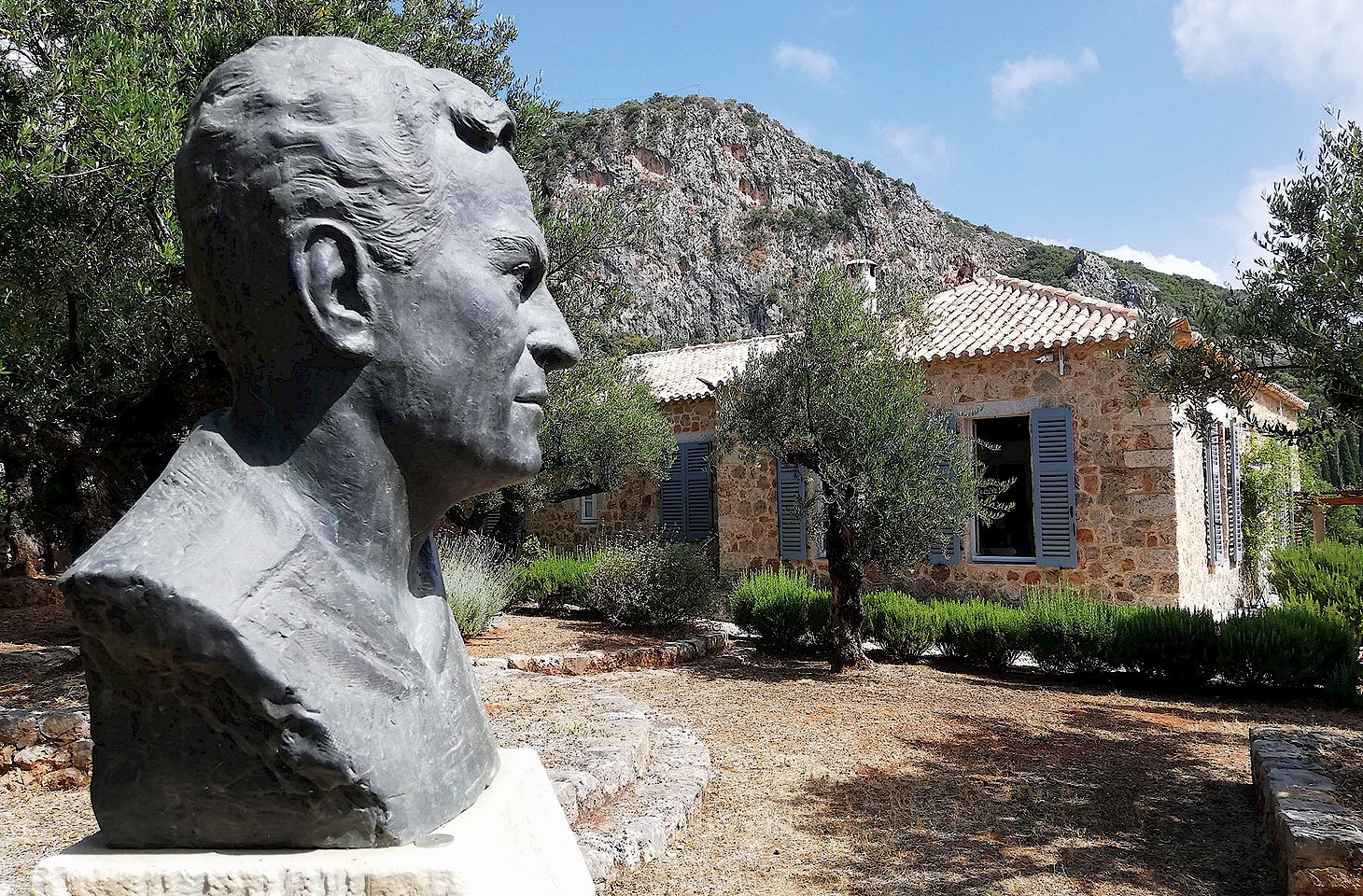Dear fellow travellers
Even at this time of the year there is a lush richness in the citrus groves and chestnut woods which tumble down to the sea. We make our way through cypresses and limes towards the Villa Rufolo, a striking building in Arab-Sicilian style where in 1880 an enthusiastic visitor penned the followed words in the villa's guestbook:
“Hier ist er, der magische Garten von Klingsor” (‘Here it is, the magic garden of Klingsor’)
That visitor was Richard Wagner, who here at the Villa Rufolo discovered the wondrous garden which inspired the Second Act of Wagner's Parsifal. There is an operatic quality to this blessed sweep of the Amalfi coast, and most particularly around Ravello where the Villa Rufolo is located. On the road which zig-zags up from Amalfi, there's a sign as you approach Ravello welcoming visitors to città della musica - the city of music.
Ravello's vocation is not predicated merely on Wagner, though the great German composer certainly helped. The Villa Rufolo, and indeed the entire town, has built a veritable industry around the Wagner connection. Other musicians inspired by Ravello include Edvard Grieg, Igor Stravinsky, Arturo Toscanini and Mstislav Rostropovich.
With its climbing roses, spotted laurels and great oleanders, the gardens of the Villa Rufolo are extraordinarily lush, just the spot for the magic enchantment which is so central to the Parsifal story.
But Ravello is more than just arias and gardens. In the centre of the town, there's an attractive open plaza called the Vescovado. One of the nearby side streets is called Via Richard Wagner. "Well, you cannot really get away from Wagner here," comments the waiter in a nearby café. "But do take a look in the cathedral. They have the blood of a saint in there which turns to liquid on a day in July each year. I'm not sure which date though. And it's not every year."
The miracle blood turns out once to have belonged to Saint Pantaleon, a well-meaning healer and missionary who suffered a particularly grisly demise at the orders of Emperor Diocletian. Just for the record, there's more of Pantaleon's miraculous blood in a monastery in Madrid, and that specimen seems to liquefy with greater regularity than the vial of blood stored in Ravello.
We comment on this to the same waiter later in the day. "Well, if that’s what they say," he notes rather dryly.
He turns to walk away, but then pauses. Looking back towards us, he smiles and remarks, "But Madrid doesn't have Wagner."
Nicky Gardner and Susanne Kries
(editors, hidden europe magazine)




